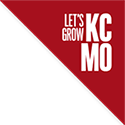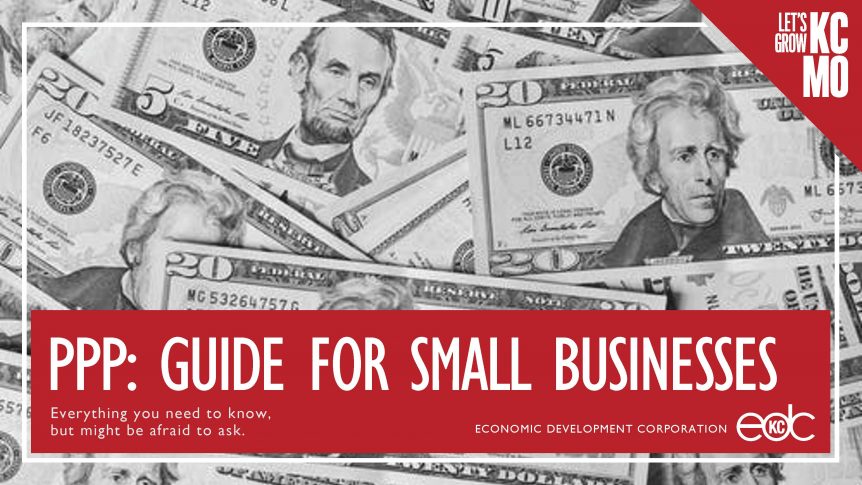What is the Paycheck Protection Program (PPP)?
The Paycheck Protection Program is a loan program that originated from the Coronavirus Aid, Relief, and Economic Security (CARES) Act. This was originally a $350-billion program intended to provide American small businesses with eight weeks of cash-flow assistance through 100 percent federally guaranteed loans. The loans are backed by the Small Business Administration (SBA).
The program was then expanded by the Paycheck Protection Program and Health Care Enhancement Act in late April, adding an additional $310 billion in funding. The Paycheck Protection Program Flexibility Act made important changes to the program allowing for more time to spend the funds, and making it easier to get a loan fully forgiven.
On December 27, 2020 a second stimulus package was signed into law topping up the program with an additional $285 billion in funding and updating the eligible expenses. It also opened up a second PPP loan for businesses that used up their first PPP loan and have experienced a 25% or greater decrease in revenue.
Is my business eligible for first time loan?
First time PPP loans up to $10 million are available to borrowers that were in operation on Feb. 15, 2020 and are from one of the following groups:
- Businesses with 500 or fewer employees
- Sole proprietors, independent contractors, and eligible self-employed individuals
- Not-for-profits, including churches
- Accommodation and food services operations with NAICS codes starting with 72 that have fewer than 500 employees per physical location
- Sec. 501(c)(6) business leagues, such as chambers of commerce, visitors’ bureaus, etc., and “destination marketing organizations” that have 300 or fewer employees and do not receive more than 15% of receipts from lobbying
- News organizations that are majority-owned or controlled by an NAICS code 511110 or 5151 business or not-for-profit public broadcasting entities with a trade or business under NAICS code 511110 or 5151
Is my business eligible for a second draw loan?
A Second Draw PPP loan up to $2 million are available to borrowers who:
- Previously received a First Draw PPP loan and will or has used the full amount for authorized uses
- Has 300 or less employees
- Can demonstrate at least 25% reduction in gross receipts between comparable quarters in 2019 and 2020
Do I need to be a U.S. citizen to apply?
To apply for the PPP loan, you generally have to be a U.S. citizen or a legal permanent resident with a valid green card. However, if there is a foreign-owned business who owns a business in the U.S. and employs U.S. citizens and residents, then that business owner can apply for the PPP.
As long as the business has a TIN/EIN and has legal permanent resident employees, the ITIN owner of the business can apply. They would need to present their Personal Tax Return, and ITIN documentation.
How do I find a lender?
The SBA itself doesn’t lend you the money, they just “back” the loan that the lender provides. You can check out the SBA’s Lender Match tool to find an eligible SBA 7(a) lender.
As part of your application, you’ll be asked to verify:
- Current economic uncertainty makes the loan necessary to support your ongoing operations.
- The funds will be used to retain workers and maintain payroll or to make mortgage, lease, and utility payments.
- Documentation that verifies the number of full-time equivalent employees on payroll and the dollar amounts of payroll costs, covered mortgage interest payments, covered rent payments, and covered utilities for the 24 weeks after getting this loan.
- You acknowledge that the lender will calculate the eligible loan amount using the tax documents you submitted. You affirm that the tax documents are identical to those you submitted to the IRS.
- If you are applying for your second draw PPP loan, you have already used up the funds from your first draw PPP loan.
What do I need to bring my lender?
You’ll need to provide your payroll/bookkeeping records to prove
your payroll expenses. That could include:
- Payroll processor records
- Payroll tax filings
- Payroll tax forms from 2019 or 2020 (Forms 941, 940 and W-3)
- Form 1099-MISC records
- Schedule C for a sole proprietorship
- Schedule K for Ownership Distributions
If you have employees (and you’re paying yourself through payroll too), the easiest way to get the financial information you’ll need is by downloading a payroll report through your payroll provider.
If you’re self-employed and don’t yet have a completed Schedule C to submit, you will likely need to get retroactive bookkeeping to calculate your net profit for your Schedule C. Apart from bookkeeping, it will be very difficult to accurately show your net profit, which is the number your PPP loan amount will hinge on.
What does forgiveness mean?
At the end of the loan period, the SBA will forgive your loan and you will not need to pay anything back.
First Draw PPP Loans made to eligible borrowers qualify for full loan forgiveness if during the 8- to 24-week covered period following loan disbursement:
- Employee and compensation levels are maintained
- The loan proceeds are spent on payroll costs and other eligible expenses
- At least 60 percent of the proceeds are spent on payroll costs
Second Draw PPP Loans made to eligible borrowers qualify for full loan forgiveness if during the 8- to 24- week covered period following loan disbursement:
- Employee and compensation levels are maintained in the same manner as required for the First Draw PPP loan
- The loan proceeds are spent on payroll costs and other eligible expenses
- At least 60 percent of the proceeds are spent on payroll costs


